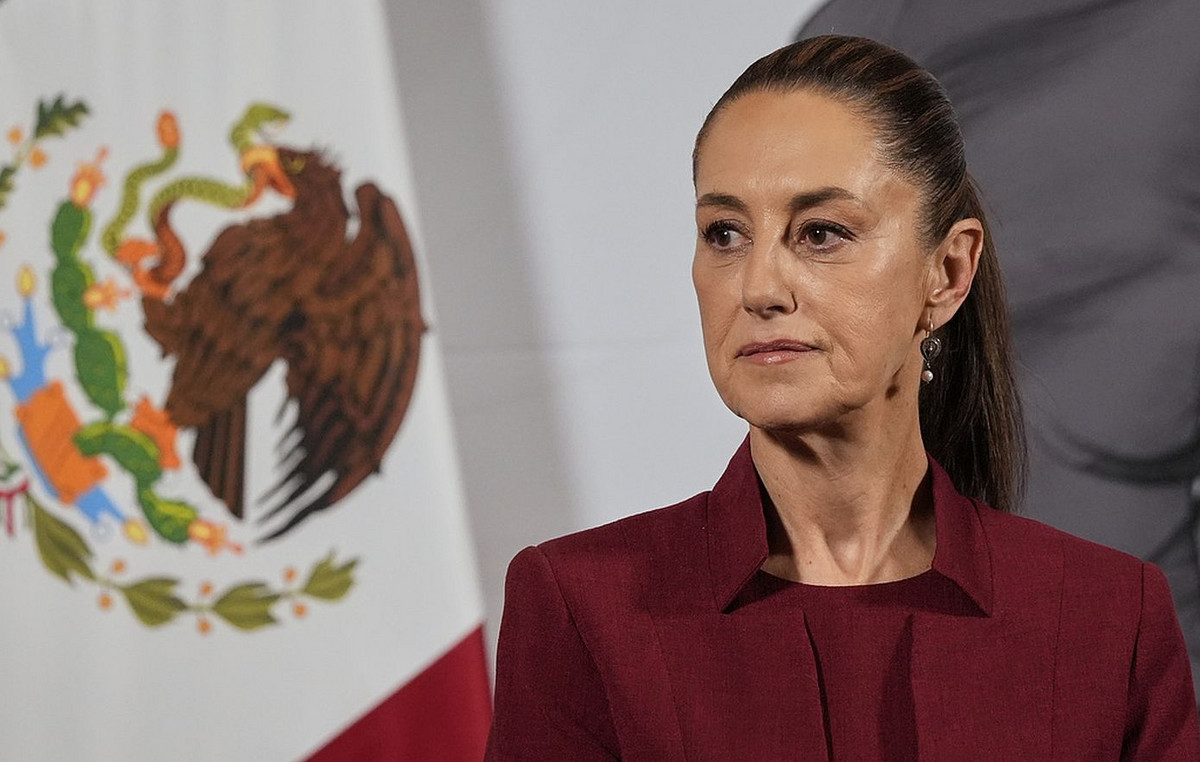He Price of the ounce of gold in euros reaches Easter Monday a new historical maximum in € 2,972.42.
On Thursday before Good Friday, Gold closed in front of the euro over 2,928.01, losing 0.13% in the day despite having reached its maximum of all time on the same day.
This Monday, the Xau/EUR has tried a daily minimum at 2,915.54 and then record a record roof in € 2,972.42.
He Price of gold in euros quotes at the time of writing about 2,971.60, earning an important 1.49% in what we have been.
From a year to this part, the price of Xau/EUR has won 34.13%.
What factors have influenced the price of gold in recent hours?
- According to FXSTERET market analyst Haresh Menghani, investors are still concerned about the possible economic repercussions of the tariffs imposed by US President Donald Trump and the commercial war between the US and China, which is being quickly intensified, pushing the price of gold as a safe refuge near historical maximums on Monday.
- Trump’s aggressive commercial policies could harm the world commercial order and trigger a recession in the US and in other countries, which favors the purchase of gold as safe assets.
- Russia has resumed air attacks on Ukrainian territory after Easter truce. Ukraine has accused the Russian army of continuing the high in fire in the 30 hours that the agreement would allegedly last.
- Israel’s Minister of Finance, Bezalel Smotrich, said in the last hours in a radio interview with an Israeli medium, that the release of the hostages retained in Gaza is not the most important. The politician has pointed out that the objective is to destroy Hamas, and that for this it is necessary that the Palestinian terrorist organization do not continue in Gaza, implying that as long as they remain in this region, the destruction of this territory will continue.
FAQS risk feeling
In the world of financial jargon, the two terms “appetite for risk (Risk-on)” and “risk aversion (risk-off)” refers to the level of risk that investors are willing to support during the reference period. In a “Risk-on” market, investors are optimistic about the future and are more willing to buy risk assets. In a “Risk-Off” market, investors begin to “go to the safe” because they are concerned about the future and, therefore, buy less risky assets that are more certain of providing profitability, even if it is relatively modest.
Normally, during periods of “appetite for risk”, stock markets rise, and most raw materials – except gold – are also revalued, since they benefit from positive growth prospects. The currencies of countries that are large exporters of raw materials are strengthened due to the increase in demand, and cryptocurrencies rise. In a market of “risk aversion”, the bonds go up -especially the main bonds of the state -, the gold shines and the refuge currencies such as the Japanese yen, the Swiss Franco and the US dollar benefit.
The Australian dollar (Aud), the Canadian dollar (CAD), the New Zealand dollar (NZD) and the minor currencies, such as the ruble (Rub) and the South African Rand (Tsar), tend to rise in the markets in which there is “appetite for risk.” This is because the economies of these currencies depend largely on exports of raw materials for their growth, and these tend to rise in price during periods of “appetite for risk.” This is because investors foresee a greater demand for raw materials in the future due to the increase in economic activity.
The main currencies that tend to rise during the periods of “risk aversion” are the US dollar (USD), the Japanese yen (JPY) and the Swiss Franco (CHF). The dollar, because it is the world reserve currency and because in times of crisis investors buy American public debt, which is considered safe because it is unlikely that the world’s largest economy between in suspension of payments. The Yen, for the increase in the demand for Japanese state bonds, since a great proportion is in the hands of national investors who probably do not get rid of them, not even in a crisis. The Swiss Franco, because the strict Swiss bank legislation offers investors greater protection of capital.
Source: Fx Street
I am Joshua Winder, a senior-level journalist and editor at World Stock Market. I specialize in covering news related to the stock market and economic trends. With more than 8 years of experience in this field, I have become an expert in financial reporting.







